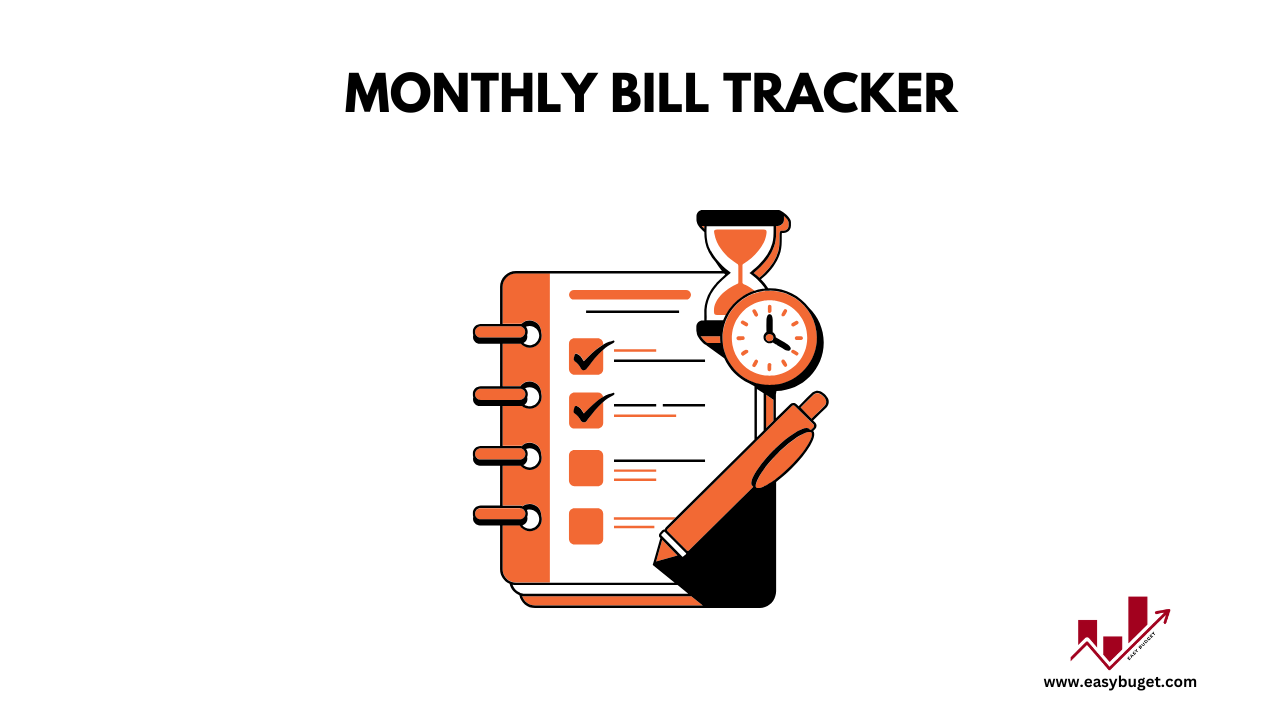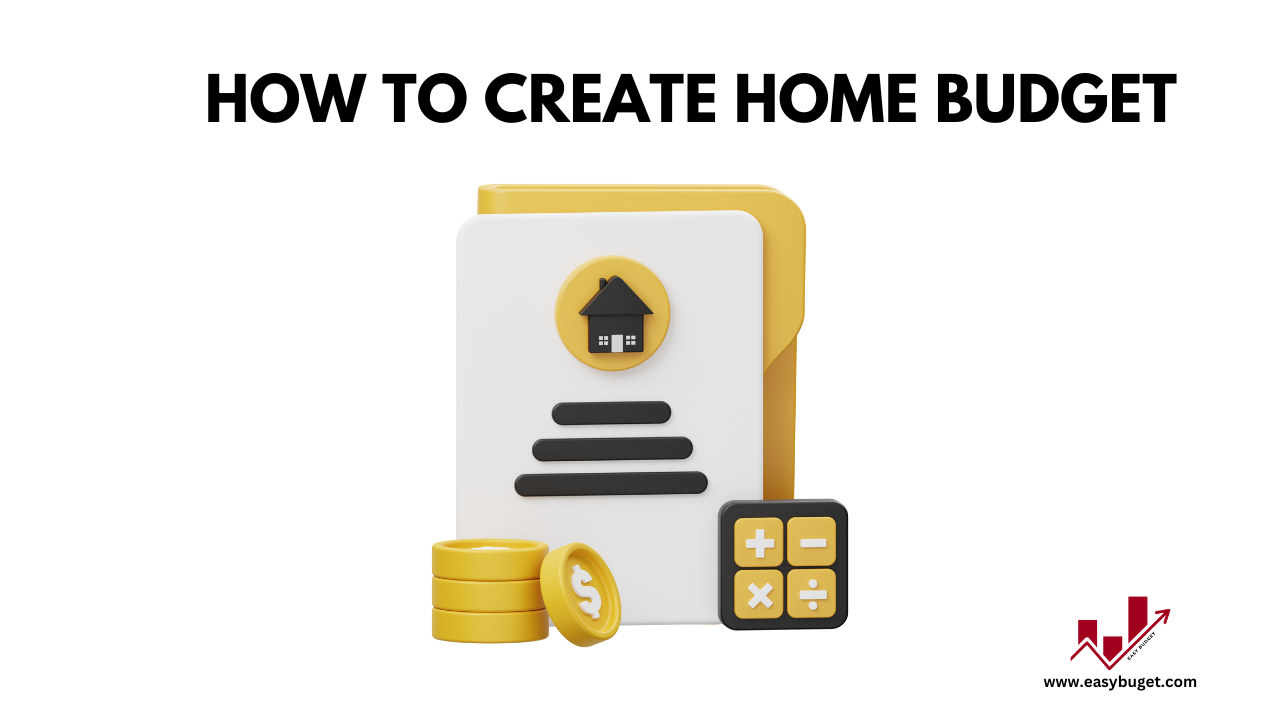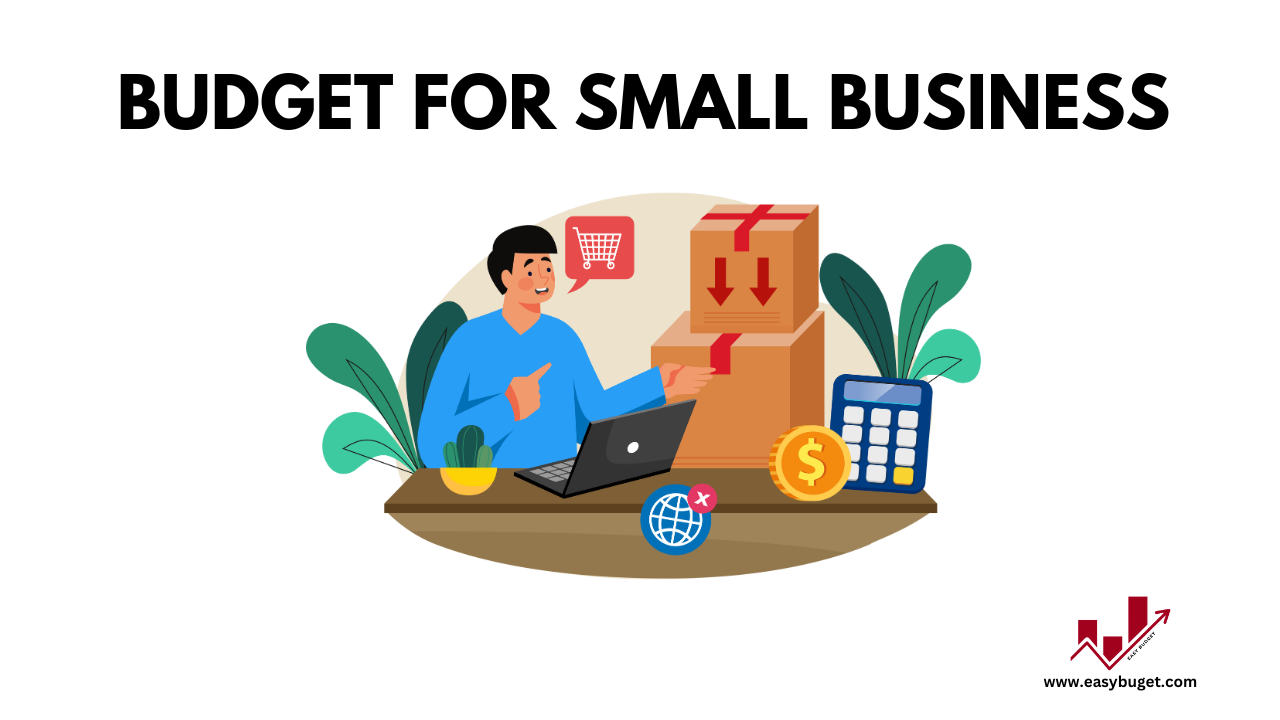Managing money isn’t always easy, but a good budget planner books can change everything. Whether you’re trying to track your spending, save for a big goal, or simply understand where your money goes each month, a budget planner notebook or money organizer book gives you structure, clarity, and motivation.
In this guide, we’ll review 11 top-rated budget planner books that are not only user-friendly but also come highly recommended by personal finance enthusiasts.
Each one is carefully selected based on functionality, design, and usability. Let’s dive in and find the best budget planner books for budgeting that suit your lifestyle.
Top Budget Planner Books
1. Clever Fox Budget Planner
Overview:
The Clever Fox Budget Planner is one of the most popular tools among budgeting beginners and pros alike. This compact money organiser book is designed to help you stay focused on financial goals, track expenses, and build a solid savings habit.
Pros:
- Monthly goals, bills tracker, and debt tracker included
- High-quality paper and sturdy binding
- Stickers and pockets for added motivation
Cons:
- Smaller size may not suit those with large handwriting
- Not ideal for complex financial tracking
Pricing:
Around $19.99 on Amazon
2. Erin Condren Budget Book
Overview:
Known for beautiful and functional planners, Erin Condren offers a sleek budget journal that’s easy to carry and stylish. It includes 12 months of budgeting sheets, bill tracking, and goal-setting sections.
Pros:
- Aesthetic design
- Compact and lightweight
- Includes savings tracker and debt payoff plan
Cons:
- Limited space for detailed notes
- No envelope or cash system
Pricing:
Approximately $14.99
3. GoGirl Budget Planner
Overview:
If you love structure, the GoGirl Budget Planner offers a detailed monthly budget breakdown, along with savings and debt pages. It’s one of the best budget planner books for minimalists.
Pros:
- Portable A5 size
- Undated layout for flexibility
- Budget review section for reflection
Cons:
- May not suit those who prefer digital tracking
- Limited room for custom notes
Pricing:
About $16.99
4. Boxclever Press Budget Book
Overview:
This UK-based budget notebook is perfect for those who love neat, practical design. It includes a monthly bill tracker, pockets for receipts, and plenty of space to write.
Pros:
- Monthly and yearly financial overview
- Includes pockets for organizing receipts
- Durable cover
Cons:
- Heavier than most budget planners
- Geared more toward UK users (currency format)
Pricing:
Around $21.99
5. The Budget Mom Budget by Paycheck Workbook
Overview:
Created by budgeting influencer Kumiko Love, this budget planner notebook is perfect for people who want to track every dollar. The book is ideal for paycheck budgeting.
Pros:
- Paycheck-by-paycheck budgeting system
- Color-coded for easy organization
- Comprehensive savings and debt tracker
Cons:
- Large in size; not ideal for carrying daily
- Requires a learning curve for beginners
Pricing:
Around $49.00
6. Limitless Mindset Budget Planner
Overview:
A relatively new player, this planner offers a clear layout with monthly financial goals, spending logs, and visual progress trackers.
Pros:
- Monthly challenges to stay motivated
- Budget-friendly design
- Goal-setting layout
Cons:
- No envelopes or pockets
- Paper quality is average
Pricing:
Around $13.99
7. Happy Planner Budget Edition
Overview:
The Happy Planner is famous for its flexibility and disc-bound system. The Budget Edition includes financial planning pages that can be added or rearranged.
Pros:
- Highly customizable
- Aesthetic design with stickers
- Weekly and monthly budgeting
Cons:
- Refills can be expensive
- Bulky compared to other planners
Pricing:
From $24.99
8. Legend Budget Planner
Overview:
The Legend Budget Planner is a clean and goal-focused money organizer book. It helps users build habits and set long-term financial goals.
Pros:
- Undated format
- Vision board and goal-setting pages
- Durable hardcover
Cons:
- Smaller than standard notebooks
- No pockets for receipts
Pricing:
Roughly $17.99
9. Simplified Monthly Budget Planner by Lamare
Overview:
This planner by Lamare is great for those who want a minimalist approach to budgeting. It includes all the essentials in a tidy, organized format.
Pros:
- Easy-to-use layout
- Motivational quotes included
- Sleek design
Cons:
- Not detailed enough for advanced users
- Basic tracking pages
Pricing:
Around $15.99
10. Zicoto Budget Planner Book
Overview:
One of the highest-reviewed on Amazon, the Zicoto planner is a full-featured budget journal that includes debt tracking, savings logs, and a bill calendar.
Pros:
- Monthly calendar layout
- Built-in pockets
- Excellent paper quality
Cons:
- Some users find the layout too structured
- Limited space for notes
Pricing:
About $17.99
11. Personal Finance Budget Planner by Paper Junkie
Overview:
This affordable planner is ideal for beginners and students. It helps track expenses and set basic savings goals without feeling overwhelming.
Pros:
- Lightweight and simple
- Affordable
- Easy to carry around
Cons:
- Very basic; lacks advanced features
- No motivational prompts
Pricing:
Around $9.99
Conclusion
Choosing the right budget planner books depends on your goals, style, and how detailed you want your tracking to be. Whether you prefer a budget notebook, a money organiser book, or a fully structured budget planner notebook, having a physical tool in your hands can make financial planning more tangible and effective.
Looking for the best budget planner books for budgeting? Start with one that aligns with your needs, and stick with it for at least a few months. With consistency, you’ll start seeing real progress toward your financial goals.
FAQs
Can a budget planner help me save more money?
Absolutely. Writing down your income, expenses, and goals keeps you accountable and helps you make better financial decisions.
What’s the difference between a budget planner and a money organizer book?
A budget planner usually focuses on tracking and setting goals, while a money organizer book may include features like envelopes or pockets to physically manage cash.
How to use a budget planner effectively?
Start by setting monthly goals, track all income and expenses, review weekly, and update your progress. Be honest with your numbers and build the habit daily.










